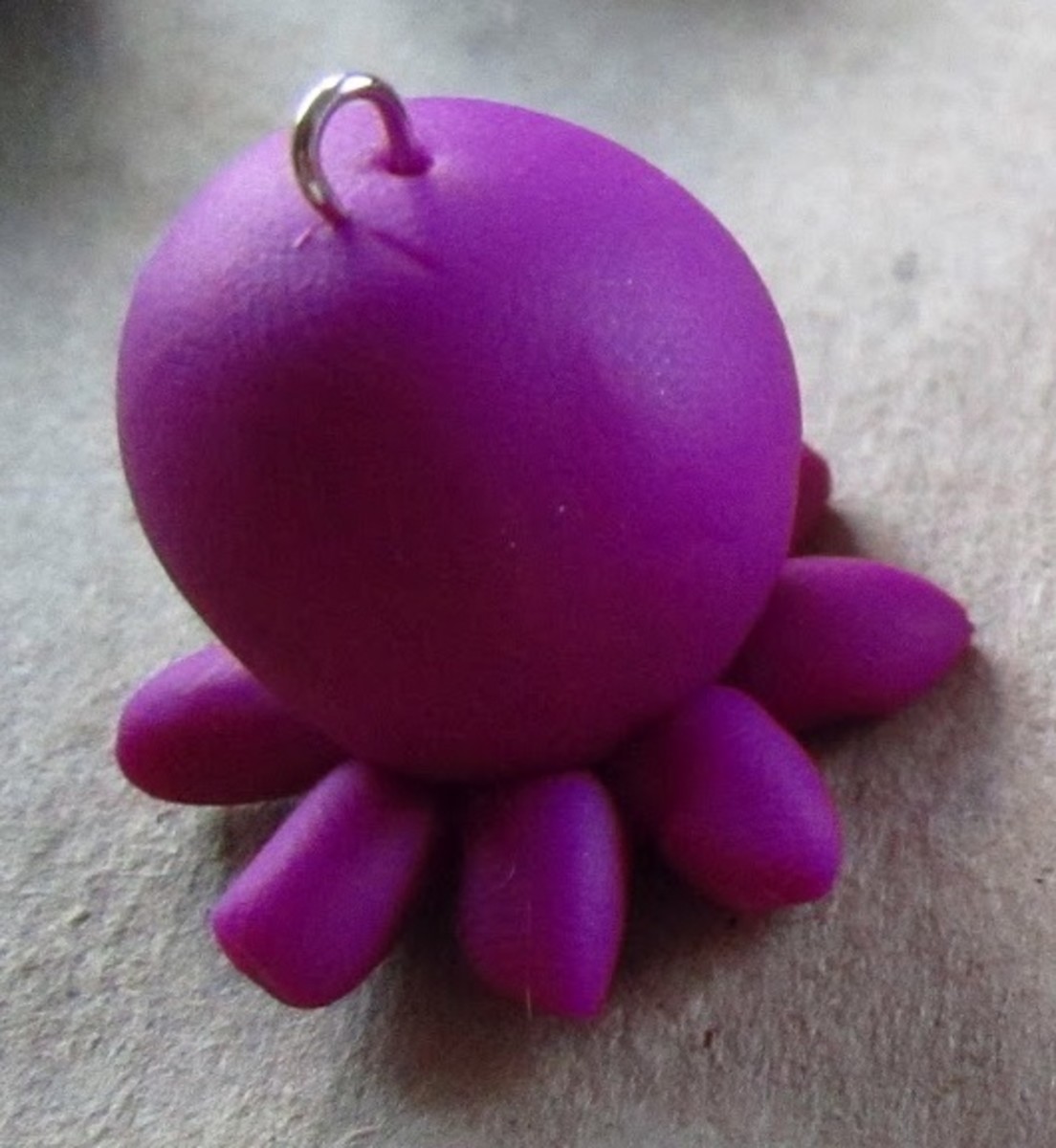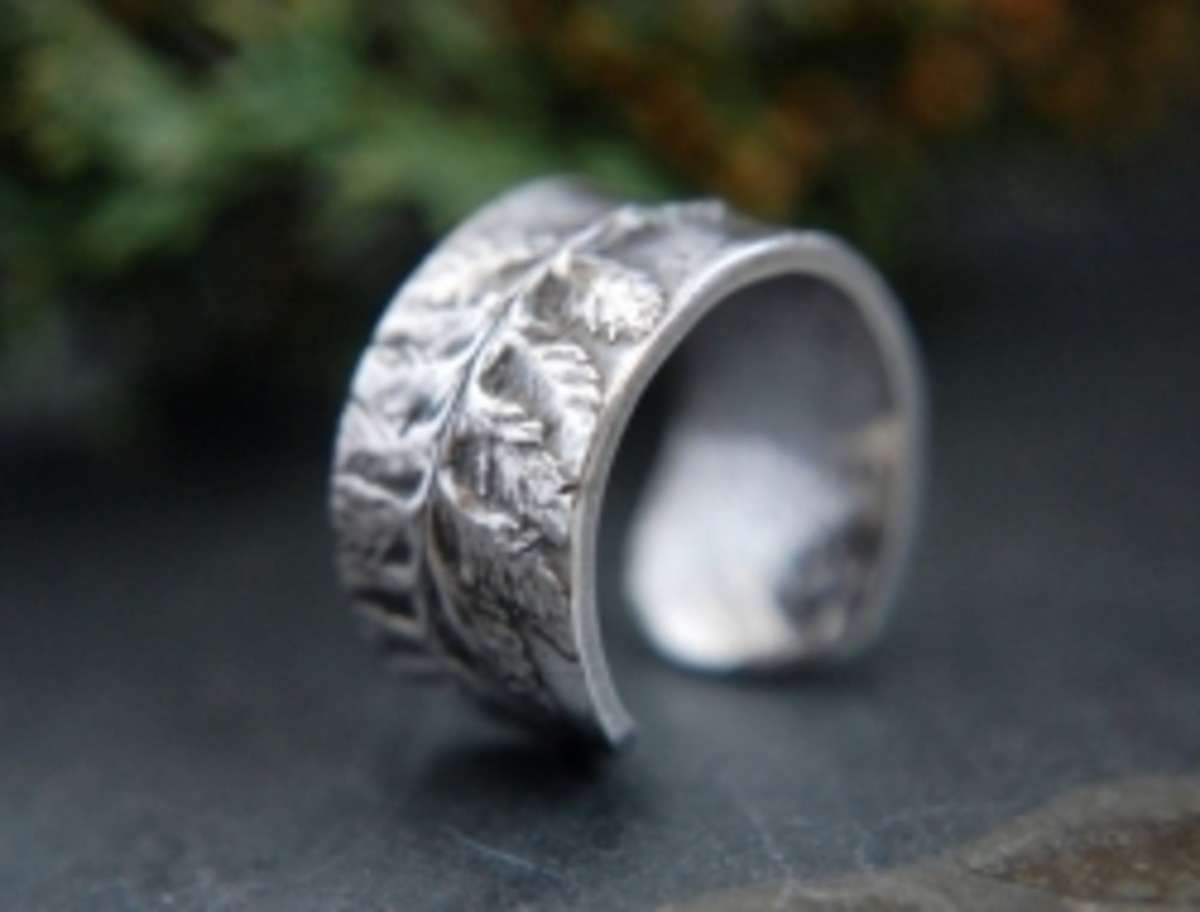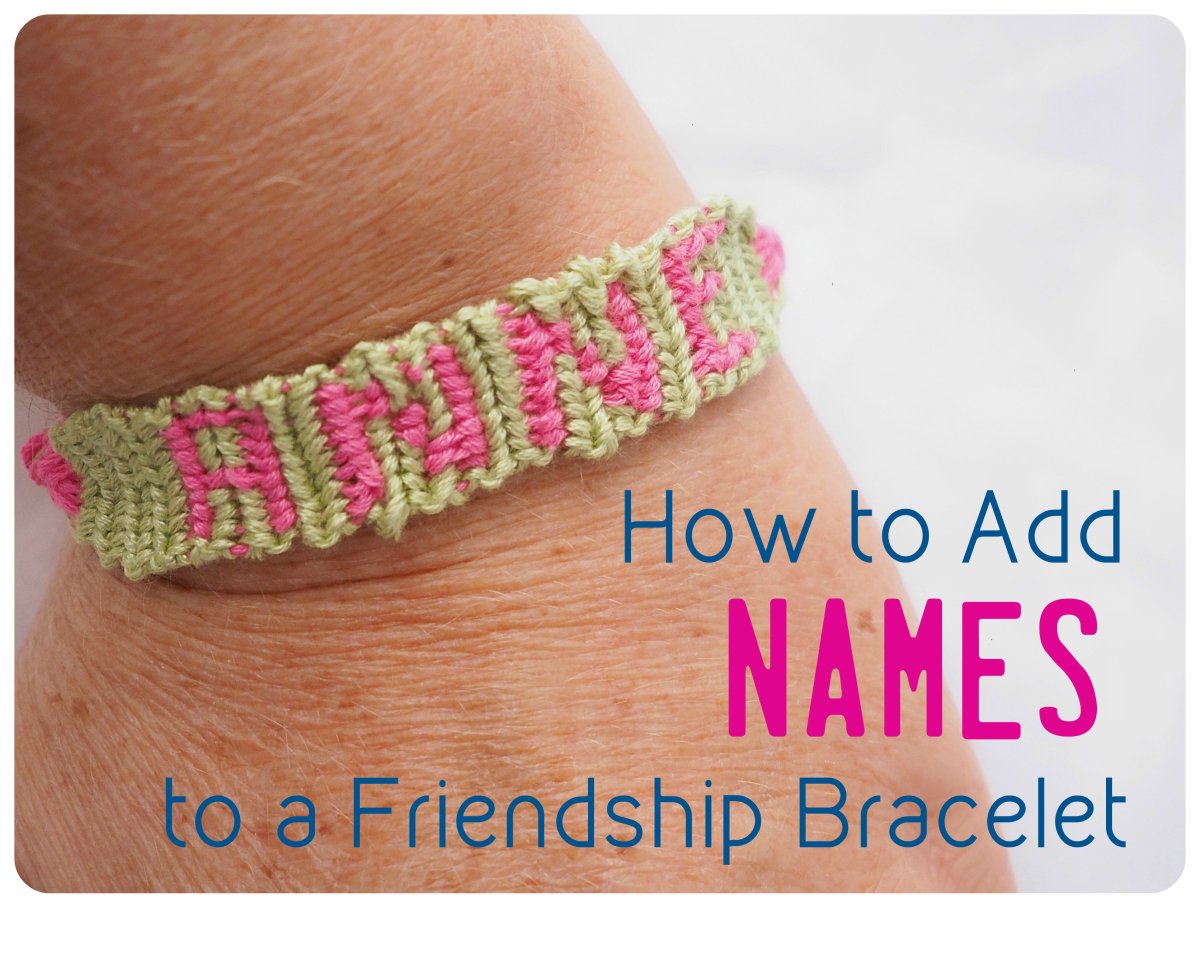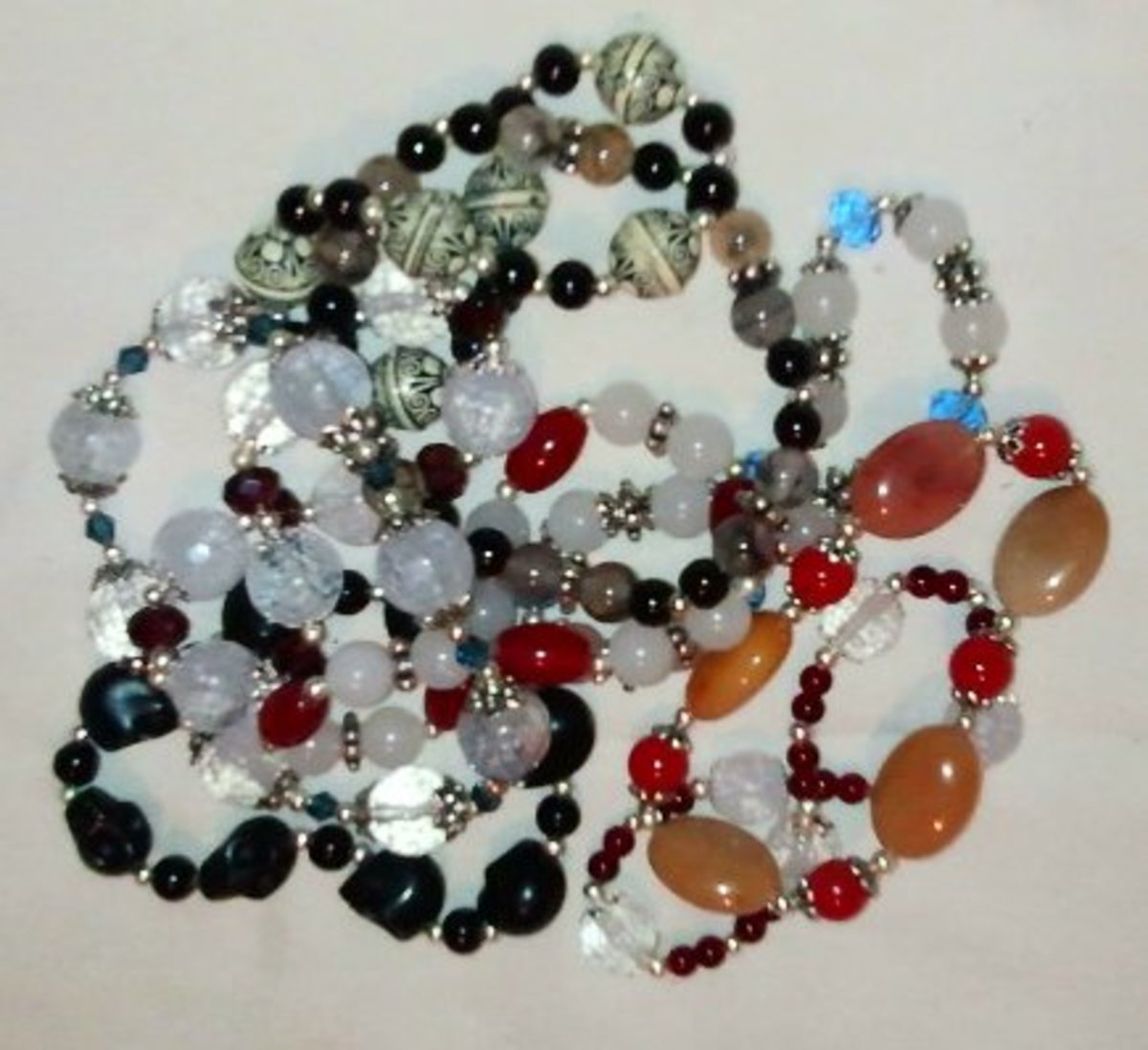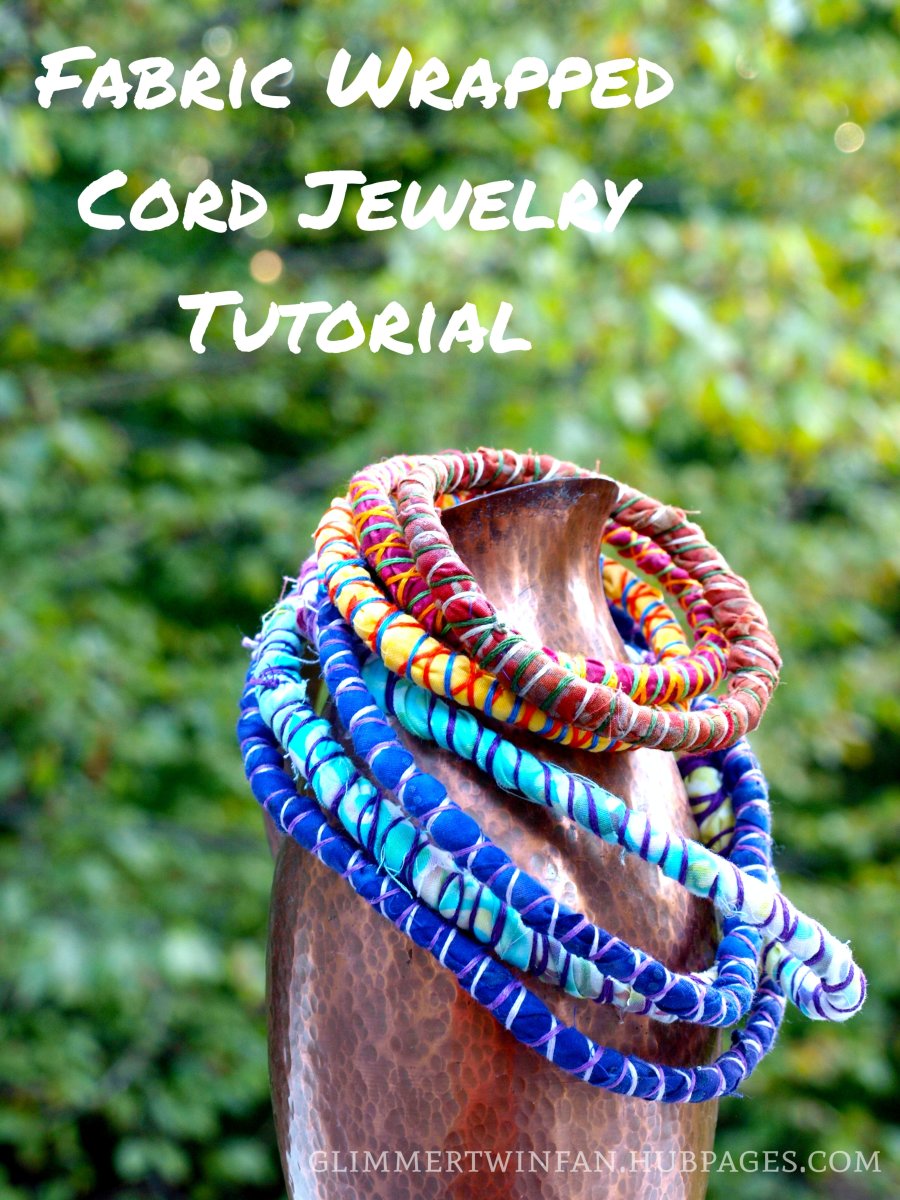Polymer Clay: Jewelry-Making Supplies and Equipment
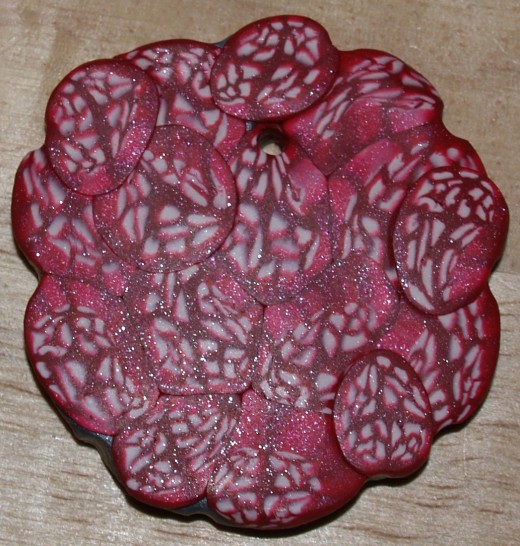
What Is Polymer Clay?
Polymer clay is made from tiny particles of polyvinyl chloride (PVC) plastic mixed with a pigment and a liquid plasticizer. It remains pliable for long periods, but when baked or “cured” in a toaster oven, convection oven, or home oven at a fairly low temperature, it becomes a permanent solid plastic. You can sculpt the hard—often pliable—surface, carve it, stamp on it, texture it, sand it, buff it, paint it, and build with it to create jewelry, home décor, figurines, and dolls. You can also embellish many wood, glass, or metal surfaces with polymer clay. I read an article several years ago in which someone repaired the dents in their car using polymer clay!
In this article, I will discuss the types of this product readily available in craft stores and the tools and equipment that are used with the clay to make jewelry.
What Happens When Polymer Clay Is Baked?
When polymer clay is baked, the liquid plasticizer evaporates and all the tiny particles of PVC that make up the clay body fuse together into a permanent plastic. The curing (or baking) process is achieved by a combination of the correct temperatures and baking long enough for the clay object to be heated to the required temperature all the way through the clay.
This is a nontoxic material. Studies by Duke University have confirmed that there is little or no toxicity concerns with polymer clay, even if it is eaten. I recommend that you do not let polymer clay come in contact with food because the porous clay could absorb the food and become unhygienic.
Amaco makes an excellent oven dedicated for craft use. The size of the oven is small enough to be easily stored when not in use, and large enough to bake several pieces of clay at once.
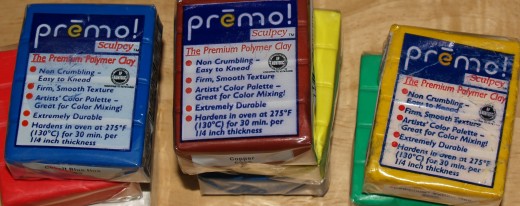
Caution: Don't Burn the Polymer Clay
If you accidentally bake the clay at a high temperature—above 320°F—the clay will burn. Burning plastic can give off toxic smoke, but the smell is so bad when burnt, you are unlikely to inhale enough to harm yourself. If your clay burns, turn off your oven, and ventilate the room.
If you want to avoid polymer clay smells in your home oven, bake the clay inside an ovenproof pan with aluminum foil or a glass lid covering the clay. Rather than use a home oven, you can use a small toaster oven or convection oven dedicated to baking polymer clay. Polymer clay ovens look like toaster ovens. One difference is that they have a maximum heating temperature of 300°F and a maximum of 30 minutes on the timer.
I have an area in my home dedicated to my craft projects. My house has a front porch. When I’m ready to cure my polymer clay items, I put a wooden tray table on the porch and set my polymer clay oven on it.
What Are the Different Types of Polymer Clay?
Polymer clay is manufactured by a variety of companies all over the world, among them Polyform / Sculpey, Eberhard Faber, and Van Aiken International / Kato. The following is a list of some of the more popular types of polymer clay. You might want to experiment with several types to see which ones best suit your crafting needs.
Eberhard Faber Products
Fimo Classic is the most difficult polymer clay to condition*. Fimo users often use food processors—with a blade and bowl dedicated to polymer clay—to chop the clay into small pieces as part of the conditioning process. Fimo Classic is primarily used for making jewelry, miniatures, flowers, and dolls.
Van Aken International / Kato Products
Kato Polyclay is the most durable and least likely to break of all the brands of polymer clay. Even with extensive handling, the clay doesn’t become overly soft or sticky. Kato Polyclay is denser than other brands. It is the only brand of polymer clay that can be safely cured at between 275°F and 325°F.
Polyform / Sculpey Products
Original Sculpey is the original clay from Polyform Products. Sculpey is soft and pliable, works and feels like ceramic clay, but will dry out when exposed to air. It is available in white and terra cotta and will have a bisque finish when cured. It is used in classrooms and is the most economical polymer clay. Original Sculpey is good to use for bulkier projects. My experience has shown that it can become brittle in areas when it is thinned when carved.
Super Sculpey is a more durable development of Original Sculpey. It can be carved and used for projects requiring fine details. Beige-pink in color, it is easy to condition*, maintains fine tooling and detailing, and will have a matte, slightly-translucent finish when cured.
Sculpey III is popular for its softness, finish, and variety of vivid colors. Sculpey III is easy to condition and use. It bakes hard and takes on a matte-bisque finish. It maintains tooling and details and can be used for figurines, jewelry, and home décor. Sculpey III can be easily mixed to form your own colors of polymer clay. It can also be mixed with other polymer clays such as Premo! Sculpey and Granitex. Sculpey III is softer and stickier after conditioning than Premo! Sculpey.
Premo! Sculpey is the type of polymer clay that I use. It’s popular with craftspeople because of its strength and its beautiful colors. Premo! Sculpey was developed as the result of artists’ ideas of the perfect polymer clay. Although it may seem stiff at first, it is easy to use and stronger than Sculpey III. It holds sculpting lines well. Premo! Sculpey comes in more than 30 colors, including metallic and pearlescent ones. Many of the colors are based on the Grumbacher artists paint color line.
One of my favorite Premo! Sculpey “colors” is “Glow-in-the-Dark.” I mix “Glow-in-the-Dark” with Fluorescent Green, Pink, Red, or Yellow and create jewelry for children to wear while they are out trick or treating on Halloween
Granitex is a type of Sculpey III. It cures to a speckled stone look. It’s available in a variety of pastel colors, which have a denim look when baked. I like the results achieved with Granitex, but I’m not a fan of its stickiness.
Overview of Polymer Clay Tools and Equipment
I’ve divided the tools and equipment used in polymer clay jewelry-making into two categories—basic tools and equipment that you “must have” and special tools and equipment that are “nice to have.”
Special Polymer Clay Tools and Equipment
Bead Rollers: acrylic devices that enable you to consistently roll beads of an identical size and shape.
Buffing Cloth: after you sand your cured pieces with wet-dry sandpaper, the sanded surface will appear dusty, and also pale in color. Rubbing the piece with a stiff cotton fabric such as denim will give the piece a shine.
Clay Extruder: a device similar to a cookie press that enables you to form strips of clay in various shapes that can be cut to either create beads or used as embellishments on beads.
Cutters: cookie cutters, cake decorating cutters, brass cutters with release plungers to push out the clay, acrylic clay cutters.
Molds: resin and flexible rubber push molds are sold by companies that sell polymer clay.
Sanding Equipment: wet-dry sandpaper is used to smooth blemishes in cured clay pieces. If you want a very smooth surface, you will need coarse grit sandpaper, medium grit sandpaper, and fine grit sandpaper.
Sculpting Tools: plastic or wood-handled tool sets with different tips, dental tools, ball-headed embossing tools, and clap shapers (rubber-tipped tools for shaping clay) can all be used.
Basic Polymer Clay Tools and Equipment
Baking Equipment: a toaster oven or convection oven dedicated to baking (curing) polymer clay.
Cutting Tools: tissue blades (thin, flexible, and very sharp knives used in pathology), ripple blades, craft knives, cookie cutters.
Flat Piece of Acrylic: used for rolling clay that has been formed into logs or snakes to an even thickness.
Hand Wipes: for cleaning your hands, work surface, and clay tools.
Measuring Tools: ruler, 6-sided tool that makes indentations on a clay log or sheet, or comb with teeth broken out at intervals.
Oven Thermometer: a thermometer to measure the temperature inside you toaster oven, convection oven or home oven while your polymer clay is baking (curing). You need to have a thermometer inside your oven because the temperature reached by setting the dial of your oven isn’t always accurate.
Pasta Machine: you can condition clay by the warmth of your hands or by kneading it. The quickest and most efficient way is to use a pasta machine dedicated to polymer machine.
Piercing Tools: you will need tools of various diameters to make holes in uncured beads. I have several knitting needles that I use for this purpose.
Roller Tools and Rolling Strips: you will get a consistent thickness when you roll a sheet of polymer clay using a pasta machine. If you need a sheet of clay that is thicker than the thickest setting on your machine, you will need an acrylic roller and two knitting needles.
Work Surface: a smooth, non-textured work surface, such as a sheet of glass with smooth edges or a tile, slab of marble, or melamine board is essential. I use a glass cutting board on top of my craft table.
Have you ever used polymer clay in craft projects?
© 2012 Daisy Mariposa



